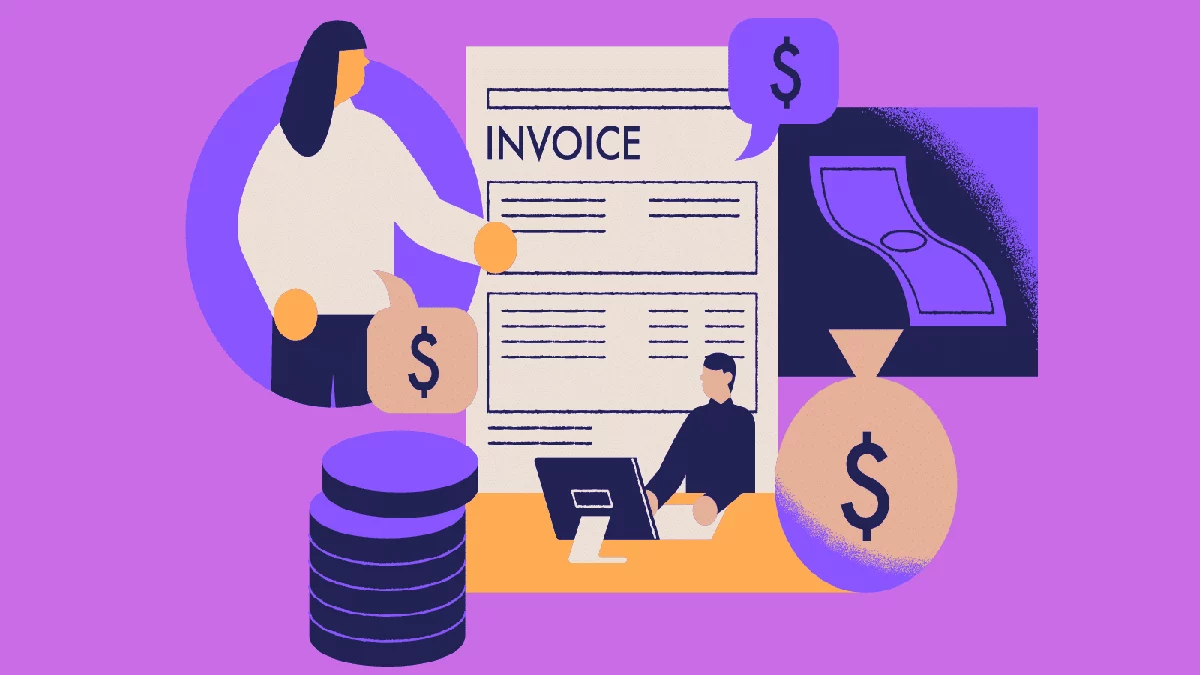The Ultimate Guide to Project Invoicing
Managing project finances can get messy, especially when you have to grapple with different clients and various payment timelines. To simplify the process and improve your business’s financial health, understanding project invoicing becomes vital. In this article, we will delve into the intricacies of project invoicing, its importance, and the role of project invoicing software in this process.
Understanding the Basics of Project Invoicing
At its core, a project invoice is a detailed bill provided to the client after a project or at specific intervals throughout the project. It serves as a formal request for payment for services rendered.
Typically, a project invoice includes a detailed breakdown of tasks completed, the number of hours spent, and the agreed-upon hourly or project rate. It minimizes confusion, ensures transparency, and paves the way for prompt payment.
Technological advancements now allow businesses to leverage different types of project invoicing. This includes progress invoicing that enables payments in stages, milestones, or after the completion of certain tasks, providing a continuous cash flow throughout a project’s duration.
Time and materials invoicing, another common type, charges clients for time spent and materials used on a project. Choosing an invoicing method depends on the project scope, contract, and the client’s preferences.
Effective Project Invoicing in Business
Project invoicing forms the backbone of any business’s financial health. It bridges the gap between a company’s effort and corresponding payment, ensuring enterprises have funds to run operations smoothly.
Effective project invoicing can help foster a positive relationship with clients. Thorough and timely invoices show professionalism and help earn clients’ trust by providing clear and concise billing details.
Inaccurate or late invoices can lead to payment delays, creating unnecessary financial myths and impacting business financial health in the long run.
Essential Components of a Project Invoice
An efficient project invoice should contain specific components to ensure clarity and accuracy. These include the company’s contact details, the client’s contact details, the invoice number, and the date. This formalizes the invoice, making it an official document for both parties.
In addition, the invoice should include a detailed description of services rendered or the project specifics like the hourly rate, number of hours worked, materials used, and the total charge.
The inclusion of payment terms and methods also forms integral parts of a project invoice. This helps the client understand when the payment is due and which payment mode they should use.
Last but not least, don’t forget to express your gratitude to your clients. A simple thank you note can go a long way in strengthening your client relationship.
Utilizing Project Invoicing Software
Investing in a powerful project invoicing software can prove beneficial for enterprises aiming to automate their invoicing process. These tools not only help in generating automated invoices but also assist in tracking them until payments are made.
These software solutions provide various invoice templates, allowing customization as per business needs. This can transform your manual and time-consuming invoicing process into a professional one.
Most of these tools integrate seamlessly with other business systems like accounting and project management software. It streamlines the entire financial process and provides a consolidated view of finances.
In leveraging project invoicing software, businesses can concentrate more on their core competencies rather than spending enormous amounts of time and energy on invoicing matters.
Altogether, effectively managing project invoices plays a substantial role in maintaining a business’s financial health. With the right practices and tools at your disposal, you can ensure a smooth-running business.

